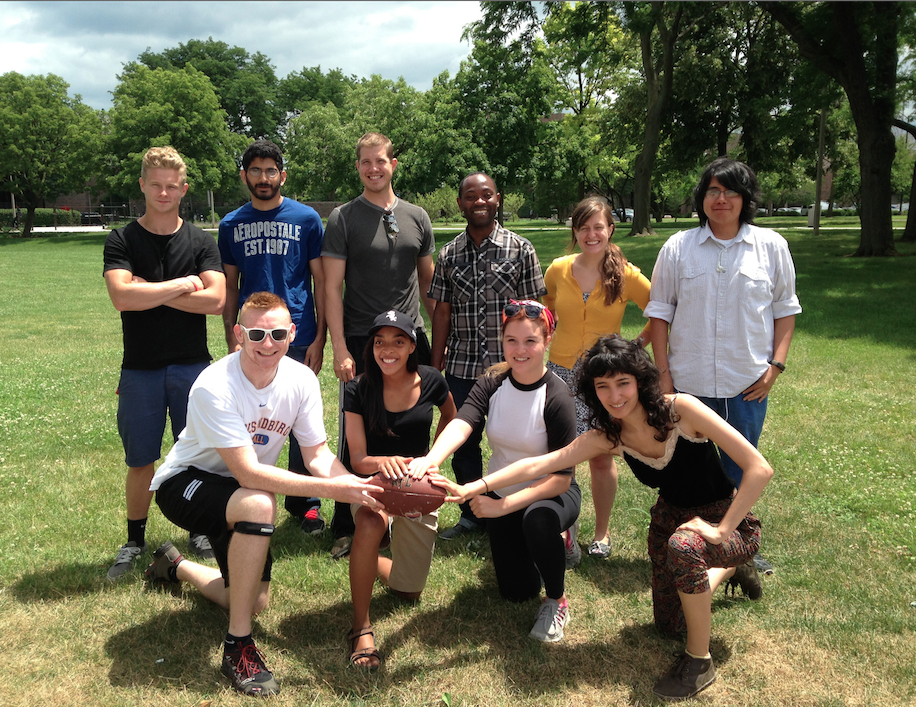Code Green Solutions


This year, the University of Illinois at Chicago joined Southern Oregon University to pioneer access for their LEED buildings to US carbon market capital, securing Chevy’s Campus Clean Energy Campaign, funding, in order to accelerate their clean energy performance.
So what enables UI-C to drive towards such innovative clean energy leadership?
Adali Ramirez, a UI-C student intern, joins me with USGBC’s Chris Pyke, VP of Research, to explain why the UI-C’s leadership model is so compelling – and why they are so optimistic about our clean energy future.
University of Illinois-Chicago is serious about sustainability. Its LEED-Gold Douglas Hall features 245 solar panels, geothermal heating, daylighting, and occupancy detectors to reduce its carbon footprint. The campus essentially set a precedent for high-performing LEED buildings to earn carbon credit funding.
In a few words, Dr. Chris Pyke, vice president of research at the U.S. Green Building Council comments on the role of LEED buildings in the clean energy movement: “Over the past four years, Chevrolet has demonstrated an effective new approach to generating verified carbon reductions from individual LEED-certified buildings and entire campus,” he said. “This provides a reproducible model that other organizations can follow to help targeted communities reduce energy use and associated greenhouse gas emissions.”
Reducing energy use is a core focus at University of Illinois-Chicago. This is evident after talking with Adali Ramirez, chemical engineering student and an energy and greenhouse gas intern at the campus’ Office of Sustainability.
It’s Ramirez’s job to collect data for tracking energy use, such as onsite solar generation, and enter it into the Energy Star Portfolio Manager. He also prepares the greenhouse gas report using the Campus Carbon Calculator, the total energy report that tracks energy consumption.
“It has been a fantastic experience interning at the office,” he said. “I was able to see the emissions of energy generation and consumption that normally would not be touched on in my engineering classes. I learned the many ways that emissions can be produced whether through energy generation, commuting, waste disposal, and many more.”
The lesson learned? “People have a great impact on how much or how few gases are emitted,” he said.
During his internship, Ramirez represented the school’s sustainability office at events and explained to people not only what his team does, but how it affects other students. This caught peoples’ attention.
“I met many people involved in sustainability and other students interested in learning more. I explained how they could reduce their footprint on the university and in their home. It made me very optimistic for the future after seeing so many of my peers interested in sustainability.”
Interested to learn how your LEED buildings can also secure such revenues? Join Adali, Chris and other sustainability leaders and students leading us toward a clean energy future at #CleanEnergyU.
With students like Ramirez leading the clean energy conversation and inspiring others to take a second look at their own footprint, it’s clear we’re headed in the right direction.